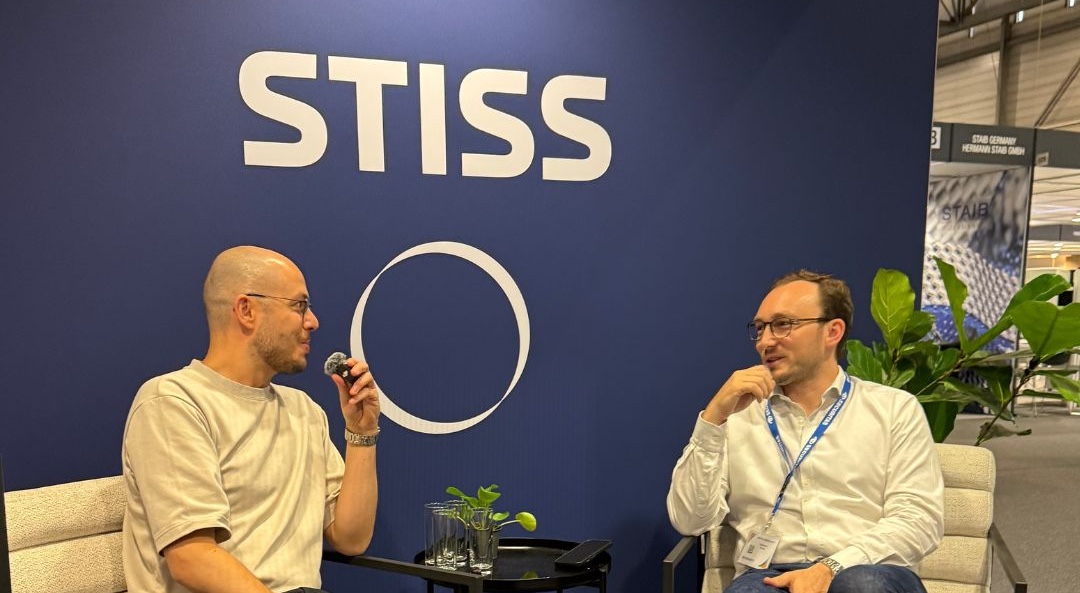Can you explain the Watch Certificate™ concept in a few words?
Watch Certificate™ offers blockchain-based digital passports to authenticate, certify and insure luxury watches.
We distinguish between two types of customer: pre-owned watch owners, and new watch buyers.
In the case of a pre-owned watch, the owner brings his or her watch to a partner watchmaker near him or her, who carries out authentication to guarantee its authenticity. This procedure involves a meticulous evaluation by experienced watchmakers, documented by high-definition photos, followed by validation by a recognized expert, located in Switzerland or elsewhere, depending on the watch's specificity. Once this process is complete, the digital certificate for the watch in question is active.
In the case of new watches, Watch Certificate™ is in direct contact with the manufacturers, to whom the technology is sold on a SaaS basis. Thus, in the box of each watch is a Watch Certificate™, which will take its place in the digital wallet of the end customer's smartphone. This passport gives access to various services such as the watch's maintenance history, or insurance offers. In the case of a new watch, the Watch Certificate™ passport replaces the traditional warranty card.
What is the added value for customers of being offered a blockchain-anchored certificate of authenticity for their watch?
Firstly, it prevents counterfeiting with paper certificates of authenticity. These often work with handwritten serial numbers at the time of sale, which is easily falsifiable. The Passport Watch Certificate™ includes eight high-definition photos of the watch, including the serial number.
In addition, Watch Certificate™ acts as a trusted third party between the watch owner and other companies, who can offer their services through the watch's digital passport. For example, Watch Certificate™ offers insurance against snatch theft via its partner Lloyds, which is rare in the watchmaking world. This latter service is made possible via the Watch Certificate™ passport's authenticity guarantees, which assure the insurance company of the watch's existence and value.
On a practical level, Watch Certificate™ offers a history of watch maintenance, as well as a tool for scheduling future servicing at watchmakers in the user's vicinity. All the technical history of the watch is recorded in a single place, so the user no longer has to keep invoices for past repairs.
Finally, it is possible to "blacklist" a watch in the event of theft. The serial number is then communicated to the brand and recorded in a stolen watch register, making it difficult to resell the watch in the future.
Is it interesting for manufactures to use blockchain to authenticate their watches?
In reality, for the manufacture it's a guarantee rather than an authentication. Through its passport, Watch Certificate™ sells the manufacture a means of creating a link with the end customer. Insofar as the manufacture sells mainly through retailers, and not directly, it doesn't have much visibility on who its end customers are. The purchase invoice provided by the retailer is sufficient for customers to act as a guarantee. As a result, end-customers rarely contact the manufacture. For the manufacture, this is therefore an opportunity to create contact with the end customer, in order to enter the associated data into its CRM (with the customer's consent), invite them to events, offer them exclusive offers linked to their watch, etc.
What are the biggest challenges when implementing blockchain authentication?
The link between the physical object and the token is the most complicated to maintain; it can break very easily. Hence the importance of updating the watch's digital passport at every point in its life, based on the skills and reliability of the watchmaking fabric in the customer's country.
Within a company that would like to implement a blockchain solution to authenticate its items, the most complicated thing would probably be to create a simple standard that can be understood by the whole company.
How do you deal with the costs inherent in the use of a blockchain (gas fees)?
Watch Certificate™ accompanies the owner throughout the life cycle of his or her watch (repair, strap change, sale...). Commissions are charged each time, which cover the gas fees associated with the use of a blockchain, which naturally entails costs.
Manufacturers pay for access to the platform, as well as a unit cost per watch sold. However, there is no recurring cost to the brand once the watch is sold.
Can you detail your use of blockchain on a technical level?
Certificates of authenticity are in the form of NFTs, stored on the blockchain.
All watch data is recorded in NFTs (except personal customer information). This makes NFTs future-proof, even if Watch Certificate™ were to disappear as a trusted third party.
The blockchain used is Polygon. It is therefore a public blockchain.
Users do not own their NFT directly (unless they request it). This avoids asking customers to create a wallet if they don't own one (around 95% of customers). Watch Certificate™ stores NFTs in its secure wallet.
Does the word "blockchain" inspire confidence and sell?
Watch Certificate™ doesn't overemphasize the technical part so as not to confuse customers. Blockchain technology and NFTs bring value among connoisseurs, but still retain a bad connotation of a scam "buzzword" among some potential customers.



.png)


